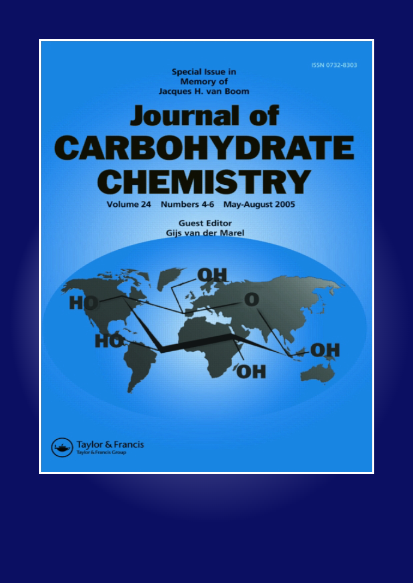Molecular mechanisms underlying endoplasmic reticulum stress-triggered apoptosis induced by Trichoderma pseudokoningii exopolysaccharide in WEHI-3 mouse myeloid leukemic cells
IF 2.2
4区 化学
Q4 BIOCHEMISTRY & MOLECULAR BIOLOGY
引用次数: 0
Abstract
In this work, the anticancer activities of an exopolysaccharide (EPS) from Trichoderma pseudokoningii, as well as its influence on WEHI-3 mouse myeloid leukemia cells, were investigated. This EPS not only inhibited the proliferation of WEHI-3 cells in a time- and concentration-dependent manner but also altered the morphology of WEHI-3 cells in a manner similar to that of apoptotic cells, as demonstrated by fluorescence staining experiments. Moreover, flow cytometry analysis also revealed that the EPS induced apoptosis in WEHI-3 cells. Additionally, the results indicated that the endoplasmic reticulum (ER) stress may be involved in this apoptotic process. Apoptotic factors related to the ER pathway were assessed subsequently. The results revealed that after treatment with the EPS for 48 h, the concentration of intracellular calcium in WEHI-3 cells increased. Exposure of WEHI-3 cells to different concentrations of the EPS (0.25, 0.50, and 1.0 mg/mL) resulted in decreased GRP78 mRNA transcription and increased CHOP mRNA expression in relation to the ER pathway. In addition, the Western blot results revealed that EPS significantly increased the p-PERK/PERK ratio, decreased the protein levels of GRP78 and Bcl-2, and increased the protein levels of CHOP and Bax. Caspase activity analysis also revealed that EPS treatment of WEHI-3 cells resulted in a dose-dependent increase in the activities of caspase-4 and caspase-3. Taking all together, these results provide evidence that the endoplasmic reticulum pathway is one of the potential pathways for the EPS-induced apoptosis in WEHI-3 cells.
假康宁木霉胞外多糖诱导WEHI-3小鼠髓性白血病细胞内质网应激引发凋亡的分子机制
本文研究了伪康宁木霉胞外多糖(EPS)的抗癌活性及其对小鼠髓系白血病细胞WEHI-3的影响。荧光染色实验表明,EPS不仅能以时间和浓度依赖性的方式抑制WEHI-3细胞的增殖,而且能以类似凋亡细胞的方式改变WEHI-3细胞的形态。流式细胞术分析也显示EPS诱导WEHI-3细胞凋亡。此外,内质网应激可能参与了这一凋亡过程。随后评估与内质网通路相关的凋亡因子。结果显示,EPS作用48 h后,WEHI-3细胞内钙浓度升高。不同浓度的EPS(0.25、0.50和1.0 mg/mL)使WEHI-3细胞GRP78 mRNA转录降低,CHOP mRNA表达增加。此外,Western blot结果显示,EPS显著提高了p-PERK/PERK比值,降低了GRP78和Bcl-2蛋白水平,增加了CHOP和Bax蛋白水平。Caspase活性分析还显示,EPS处理WEHI-3细胞导致Caspase -4和Caspase -3活性呈剂量依赖性增加。综上所述,这些结果证明内质网途径是eps诱导WEHI-3细胞凋亡的潜在途径之一。
本文章由计算机程序翻译,如有差异,请以英文原文为准。
求助全文
约1分钟内获得全文
求助全文
来源期刊

Journal of Carbohydrate Chemistry
化学-生化与分子生物学
CiteScore
2.10
自引率
0.00%
发文量
20
审稿时长
1 months
期刊介绍:
The Journal of Carbohydrate Chemistry serves as an international forum for research advances involving the chemistry and biology of carbohydrates. The following aspects are considered to fall within the scope of this journal:
-novel synthetic methods involving carbohydrates, oligosaccharides, and glycoconjugates-
the use of chemical methods to address aspects of glycobiology-
spectroscopic and crystallographic structure studies of carbohydrates-
computational and molecular modeling studies-
physicochemical studies involving carbohydrates and the chemistry and biochemistry of carbohydrate polymers.
 求助内容:
求助内容: 应助结果提醒方式:
应助结果提醒方式:


